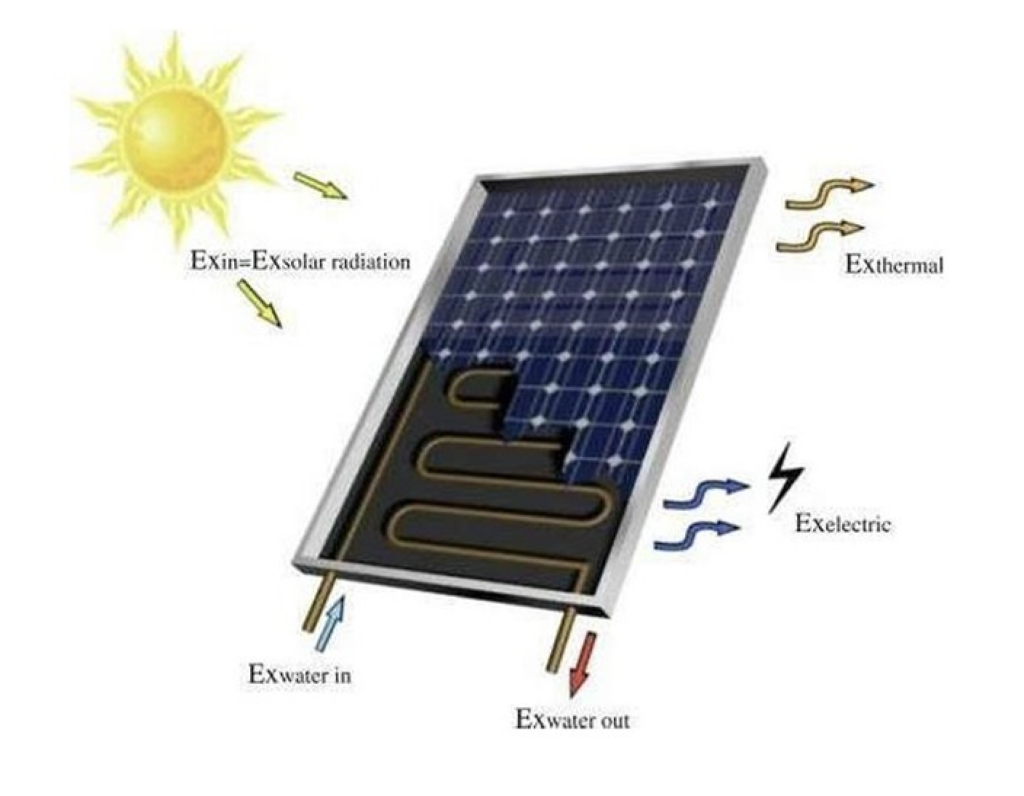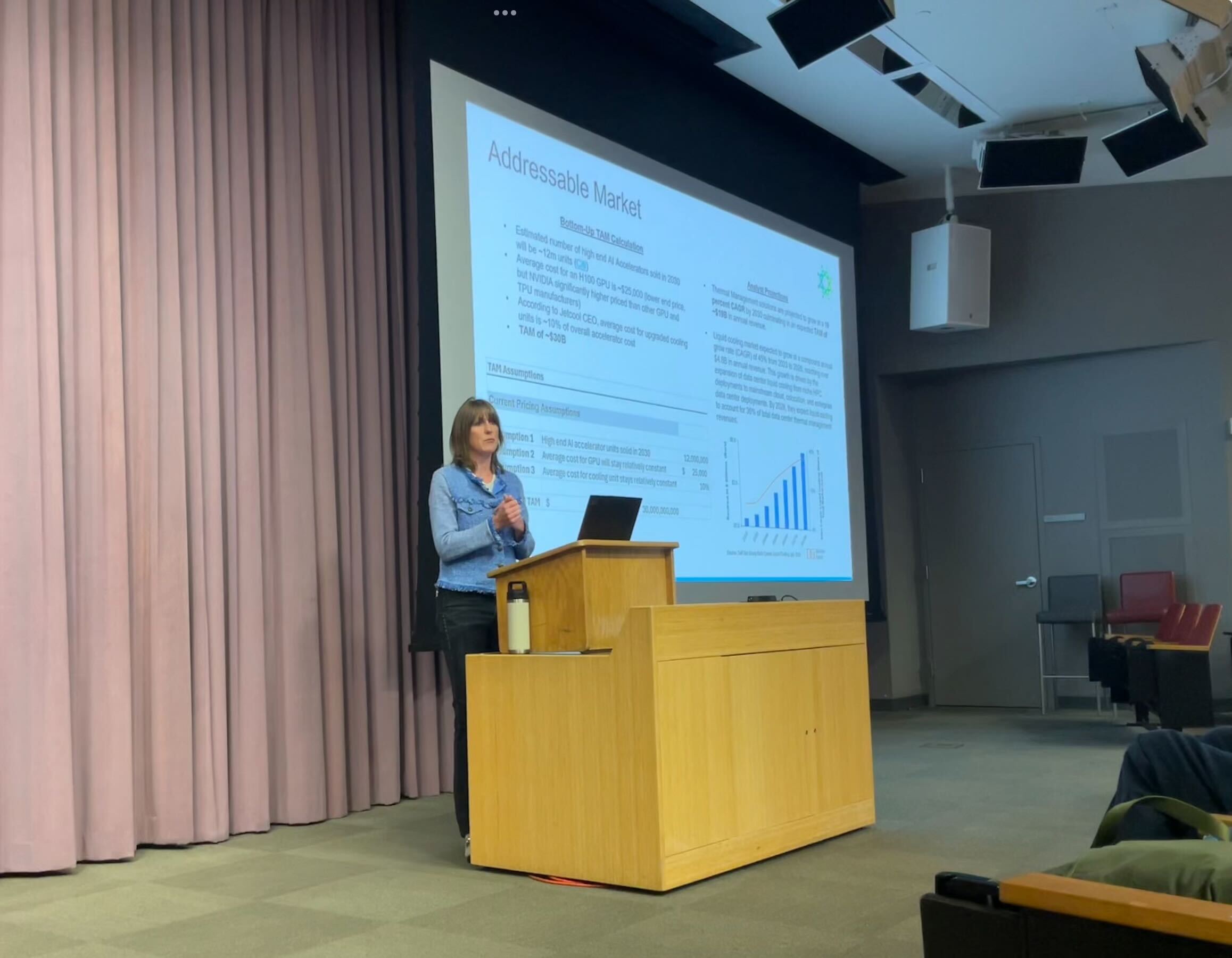Rio Tinto Kennecott signs wind power deal with Texas-based wind project – KSL.com

Report on Rio Tinto Kennecott’s Renewable Energy Agreement and Alignment with Sustainable Development Goals
Executive Summary
Rio Tinto Kennecott has entered into a 15-year virtual power purchase agreement (VPPA) with TerraGen, securing renewable energy from a new wind farm in Texas. This initiative is a significant step in the company’s decarbonization strategy and directly supports the achievement of several United Nations Sustainable Development Goals (SDGs), particularly those related to clean energy, climate action, and sustainable industry.
Contribution to SDG 7: Affordable and Clean Energy
The agreement substantially increases the share of renewable energy in Rio Tinto’s operational portfolio, directly addressing the targets of SDG 7.
- Agreement Type: 15-year virtual power purchase agreement.
- Energy Source: TerraGen’s Monte Cristo I wind power project in Texas.
- Purchased Capacity: 78.5 megawatts (MW) of renewable energy.
- Project Output: The wind farm is expected to generate over 850 gigawatt-hours (GWh) of clean electricity annually, sufficient to power approximately 81,000 homes.
Commitment to SDG 13: Climate Action
This partnership is a core component of Rio Tinto’s strategy to combat climate change by reducing greenhouse gas emissions, aligning with the objectives of SDG 13.
- Corporate Goal 1: Reduce Scope 1 and Scope 2 emissions by 50% by 2030.
- Corporate Goal 2: Achieve net-zero emissions by 2050.
The VPPA complements Kennecott’s existing renewable energy projects, which include:
- A 5MW solar plant installed in 2023.
- A 25MW solar plant nearing completion.
Supporting Broader Sustainable Development Goals
Beyond energy and climate, this initiative supports a wider range of global goals through its impact on industry and partnerships.
- SDG 9 (Industry, Innovation, and Infrastructure): The agreement promotes investment in sustainable and resilient energy infrastructure and encourages the adoption of clean technologies within the mining sector.
- SDG 12 (Responsible Consumption and Production): By sourcing clean energy, Rio Tinto is advancing towards more sustainable production patterns and lowering the environmental footprint of its operations.
- SDG 17 (Partnerships for the Goals): The collaboration between Rio Tinto Kennecott and TerraGen exemplifies a cross-sector partnership essential for achieving global sustainability targets.
Analysis of SDGs in the Article
1. Which SDGs are addressed or connected to the issues highlighted in the article?
- SDG 7: Affordable and Clean Energy: The article’s central theme is Rio Tinto Kennecott’s agreement to purchase renewable wind energy. This directly supports the transition to clean energy sources to power industrial operations.
- SDG 9: Industry, Innovation and Infrastructure: The article discusses a major industrial company (Rio Tinto) investing in and supporting the development of sustainable energy infrastructure (a new wind farm) to make its operations more environmentally sound.
- SDG 13: Climate Action: The explicit motivation for the agreement is “continuing decarbonization” and meeting ambitious climate goals, such as reducing emissions by 50% by 2030 and achieving net-zero by 2050. This is a direct corporate action to combat climate change.
- SDG 17: Partnerships for the Goals: The virtual power purchase agreement between Rio Tinto Kennecott and TerraGen is a clear example of a private-private partnership formed to achieve sustainable development objectives, specifically in the realm of renewable energy and climate action.
2. What specific targets under those SDGs can be identified based on the article’s content?
-
SDG 7: Affordable and Clean Energy
- Target 7.2: By 2030, increase substantially the share of renewable energy in the global energy mix. The article highlights Rio Tinto’s corporate goal to increase its renewable electricity use from the current 78% to 90% by 2030. The purchase of wind power is a direct contribution to this target.
-
SDG 9: Industry, Innovation and Infrastructure
- Target 9.4: By 2030, upgrade infrastructure and retrofit industries to make them sustainable, with increased resource-use efficiency and greater adoption of clean and environmentally sound technologies. The article describes how Rio Tinto, a heavy industry player, is retrofitting its energy supply by adopting clean technologies like wind and solar power to make its mining operations more sustainable.
-
SDG 13: Climate Action
- Target 13.2: Integrate climate change measures into national policies, strategies and planning. While the article focuses on a corporate level, Rio Tinto’s actions demonstrate the integration of climate change measures into its core business strategy. The stated goals of reducing Scope 1 and 2 emissions are a form of corporate planning that aligns with this target’s intent.
-
SDG 17: Partnerships for the Goals
- Target 17.17: Encourage and promote effective public, public-private and civil society partnerships. The agreement between Rio Tinto Kennecott and TerraGen is a private-private partnership specifically designed to advance renewable energy generation and help Rio Tinto meet its decarbonization goals.
3. Are there any indicators mentioned or implied in the article that can be used to measure progress towards the identified targets?
-
For SDG 7 (Target 7.2)
- Indicator 7.2.1 (Renewable energy share in the total final energy consumption): The article provides specific corporate-level data for this indicator. It states that “around 78% of Rio Tinto’s electricity use comes from renewable sources,” with a target to “reach 90% by 2030.”
-
For SDG 13 (Target 13.2)
- Implied Indicator (Greenhouse gas emissions reduction): The article provides clear, measurable indicators of climate action through Rio Tinto’s corporate goals: “reduce its Scope 1 and Scope 2 emissions by 50% by 2030 and reaching net zero by 2050.” These percentages and deadlines serve as direct progress markers.
-
For SDG 9 (Target 9.4)
- Implied Indicator (Investment in and capacity of clean energy technology): The article quantifies the adoption of clean technology. Specific indicators mentioned are the purchase of “78.5 megawatts of renewable energy” from the wind farm, a “5MW solar plant” installed in 2023, and a “25MW solar plant nearing completion.” These figures measure the scale of the infrastructure upgrade.
Summary Table of SDGs, Targets, and Indicators
| SDGs | Targets | Indicators |
|---|---|---|
| SDG 7: Affordable and Clean Energy | 7.2: Increase substantially the share of renewable energy in the global energy mix. | The share of renewable energy in the company’s electricity use, currently at 78% with a goal of 90% by 2030. |
| SDG 9: Industry, Innovation and Infrastructure | 9.4: Upgrade infrastructure and retrofit industries to make them sustainable… with greater adoption of clean… technologies. | The capacity of new clean energy projects: 78.5 MW of wind power, a 5 MW solar plant, and a 25 MW solar plant. |
| SDG 13: Climate Action | 13.2: Integrate climate change measures into… strategies and planning. | Specific emission reduction goals: 50% reduction in Scope 1 & 2 emissions by 2030 and net-zero by 2050. |
| SDG 17: Partnerships for the Goals | 17.17: Encourage and promote effective… public-private and civil society partnerships. | The establishment of a 15-year virtual power purchase agreement between Rio Tinto Kennecott and TerraGen. |
Source: ksl.com
What is Your Reaction?
 Like
0
Like
0
 Dislike
0
Dislike
0
 Love
0
Love
0
 Funny
0
Funny
0
 Angry
0
Angry
0
 Sad
0
Sad
0
 Wow
0
Wow
0
















































:focal(1500,1000)/https://media.globalcitizen.org/a6/9a/a69a4720-d8a1-4715-b596-18738d03c05c/rotary_polio_hero_image.jpg?#)







/countries/sri-lanka/photo-credit---dmc-sri-lanka.tmb-1200v.jpg?sfvrsn=dc298bcc_1#)



















